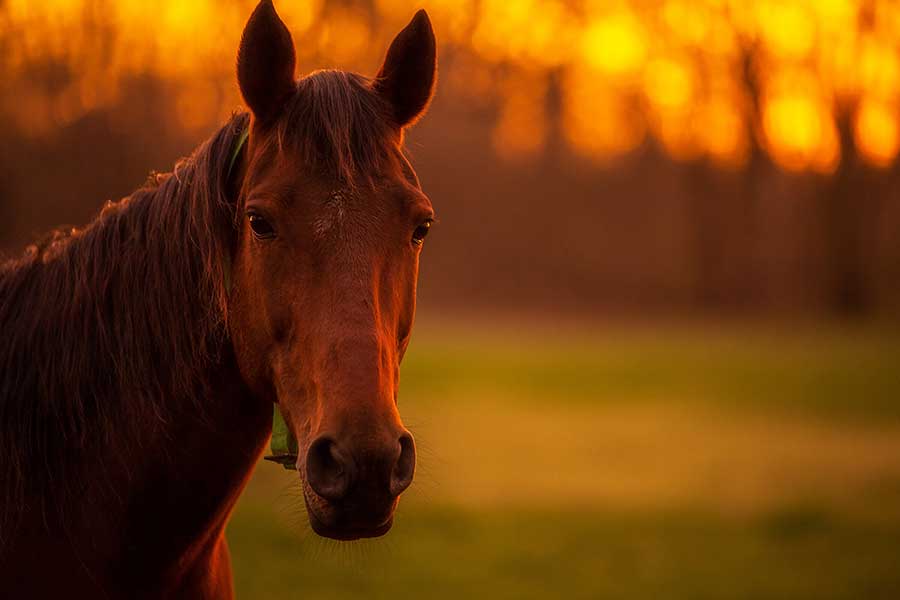
by Kayla Zacharias, Purdue University
From chariot racing in ancient Rome to the modern Kentucky Derby, horse racing has been celebrated in some form for more than a thousand years. Whether the horses' hooves were pounding around in a dirt-filled coliseum or a racetrack surrounded by spectators in wide-brimmed hats, they probably had one thing in common: asthma.
"Unlike the heart or muscle, the lung in the horse athlete is a limiting factor," said Laurent Couëtil, director of Purdue University's Equine Sports Medicine Center. "Even in healthy horses, breathing is a limiting factor on performance. So if you take a little bit away from that, the consequences can be severe."
Couëtil, who is also a professor of large animal internal medicine in Purdue's College of Veterinary Medicine, has spent much of his career treating and researching equine respiratory disease. However, it wasn't until 2016 that "equine asthma" was an official diagnosis, when Couëtil collaborated with three other researchers to argue for the adoption of the term in the Equine Veterinary Journal.
This article originally appeared in it's entirety on Phys.org. This excerpt is published here with permission.
Find more relevant articles in our section on Health & Education.

































